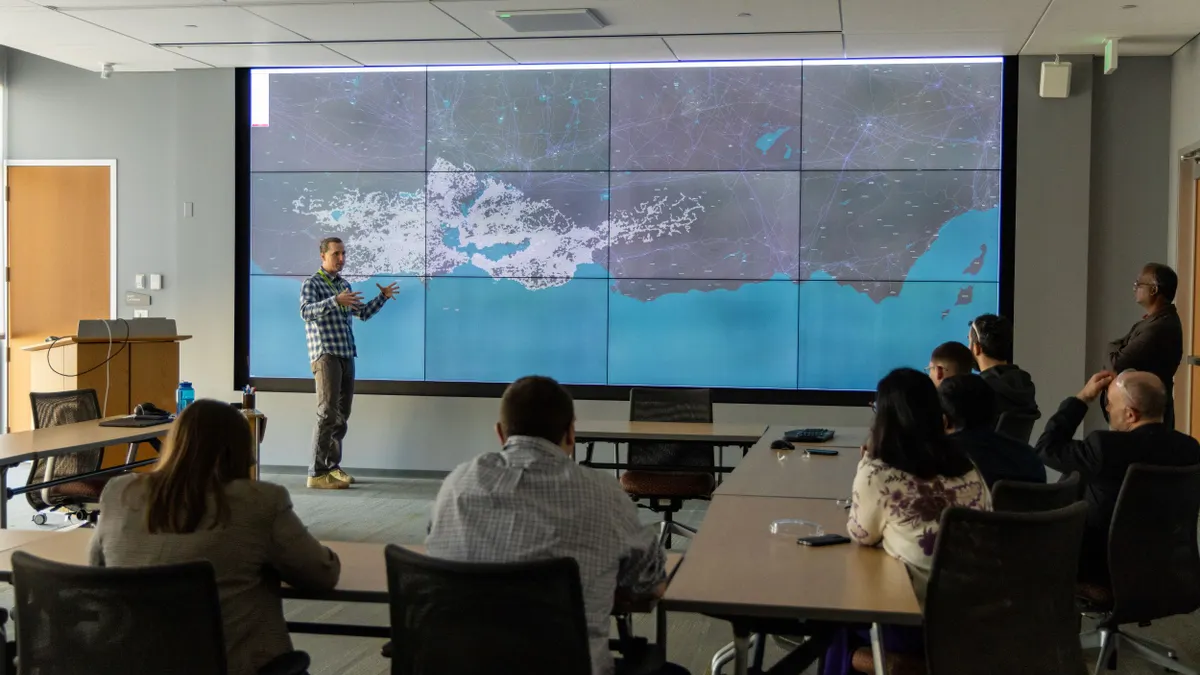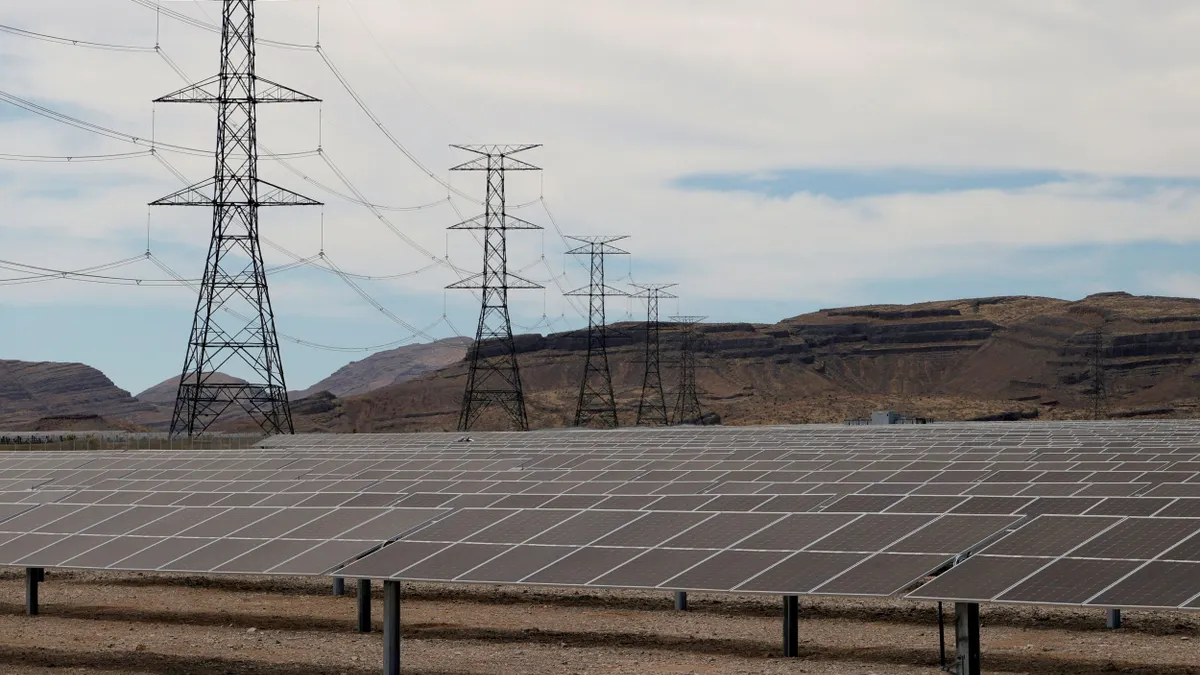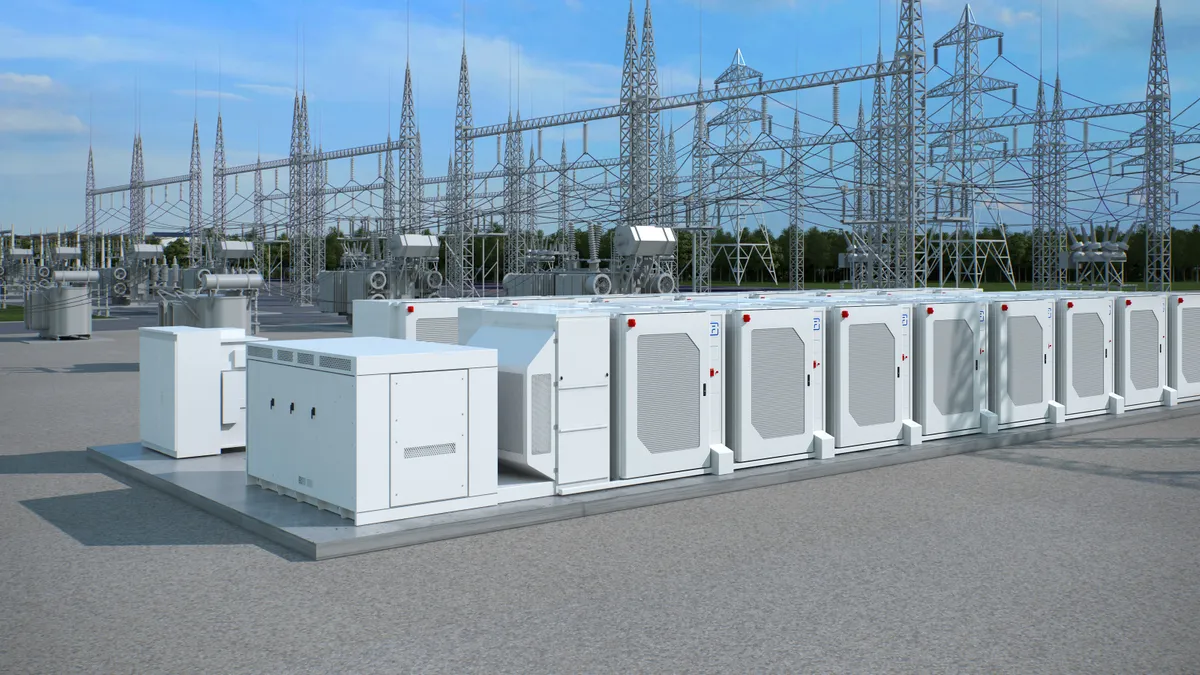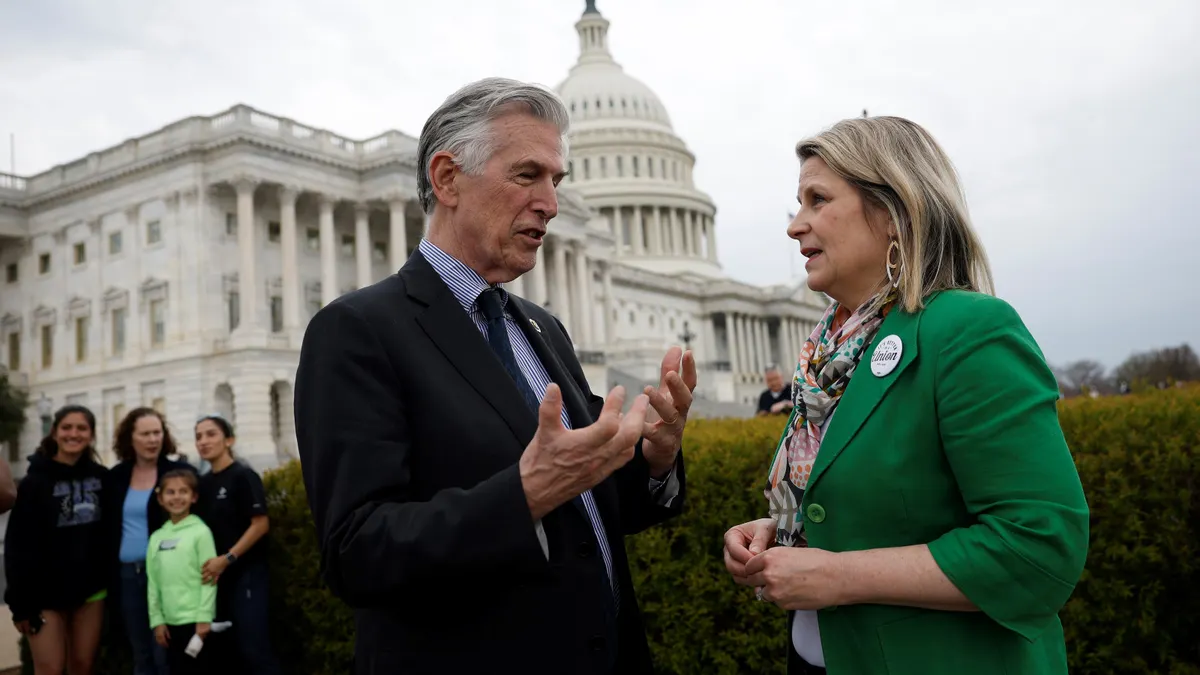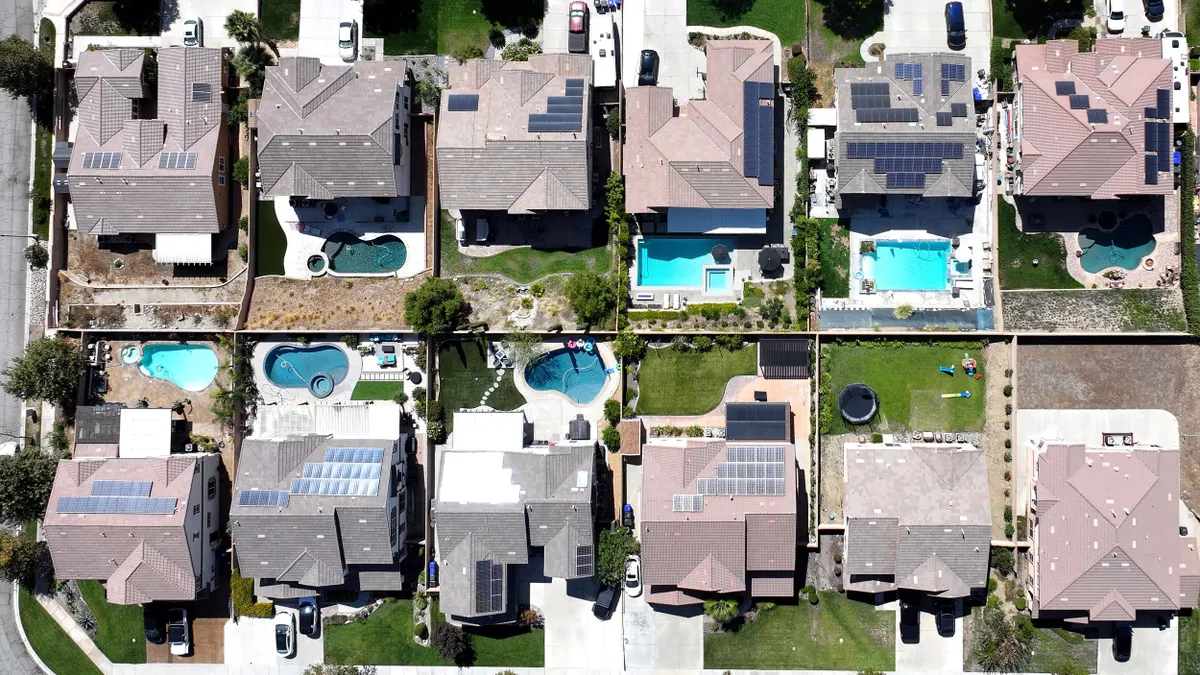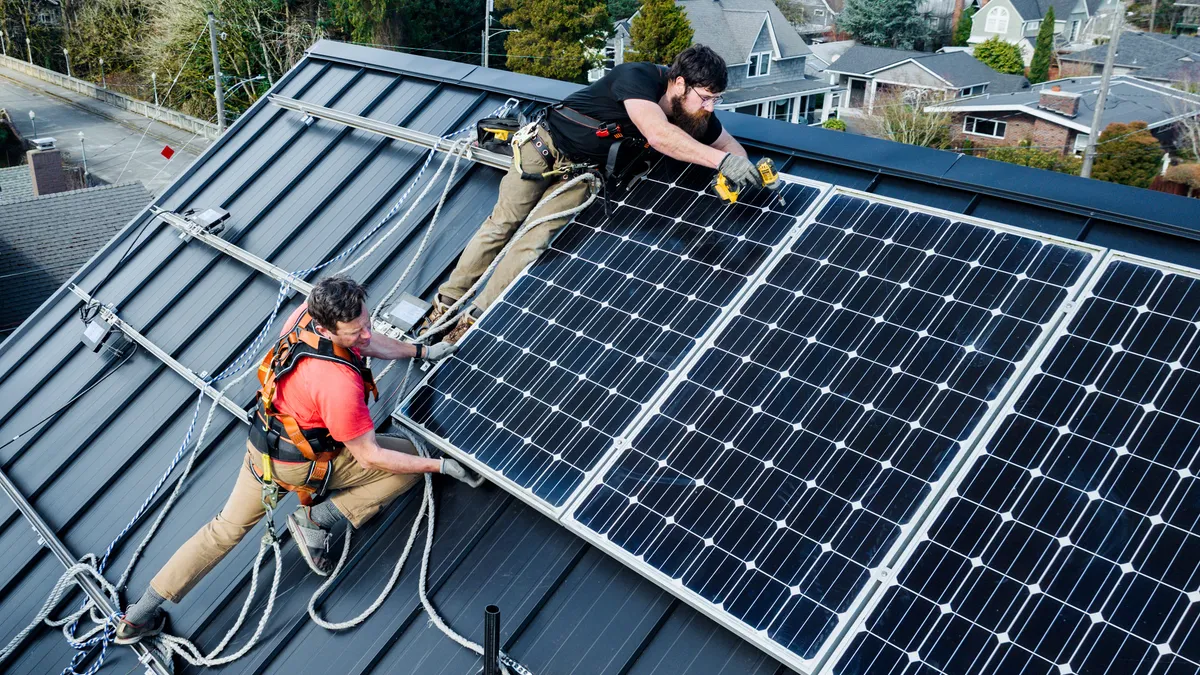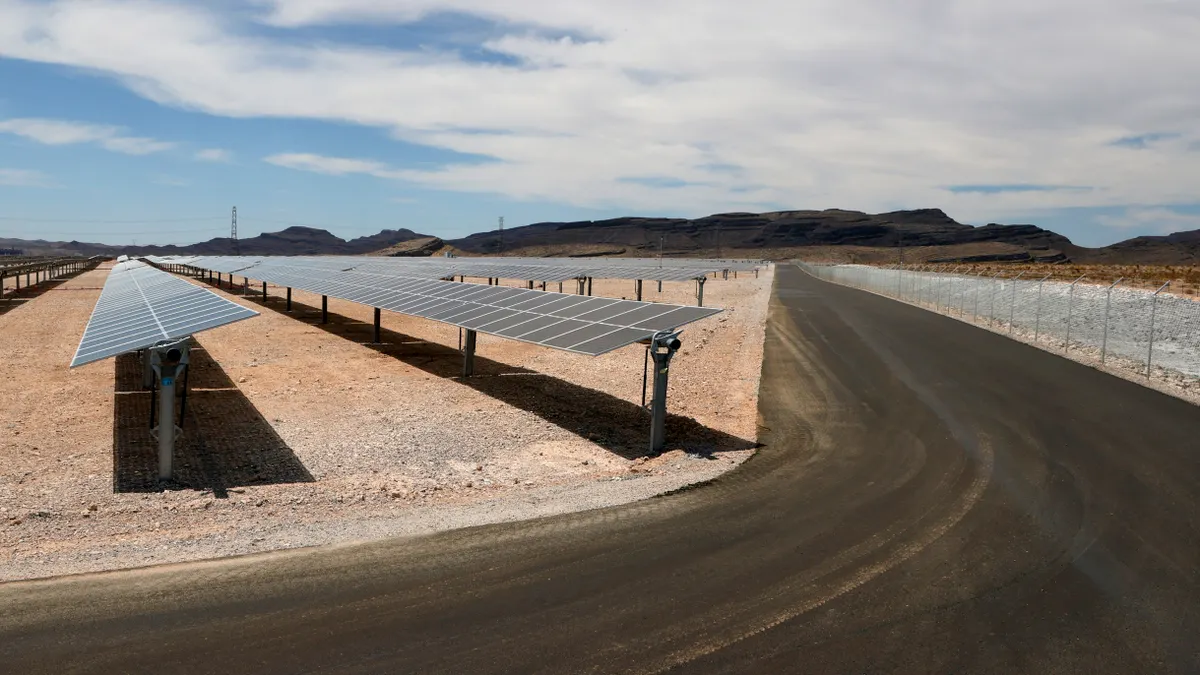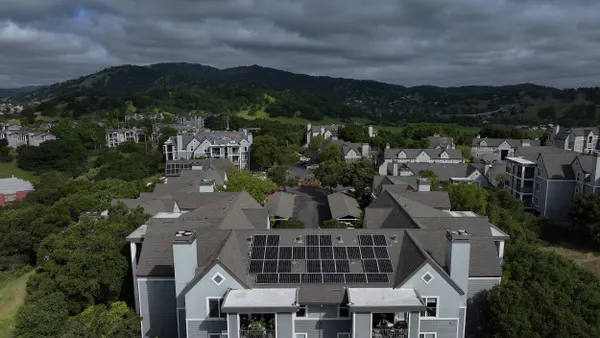Arizona utility regulators are considering a proposal to modernize the state's electric grid, adding more renewables along with energy storage to help integrate the intermittent resources. Comments on the proposal were due this week. And while utilities addressed concerns over implementation in the filed comments, they expressed optimism about meeting clean energy goals. Just what those goals are is what will be hashed out.
Arizona Public Service, the state's largest utility, reminded regulators that the plan, which would target a power mix that includes 80% emissions-free electricity, must balance reliability, resilience and cost, alongside efforts to modernize.
"The plan must consider electric price affordability," APS said in its comments. "The commission must proceed cautiously with the plan in order to ensure that electric service remains affordable to all Arizonans."
In January, Arizona Corporation Commission member Andy Tobin proposed an Energy Modernization Plan, requiring utilities to site 80% of their electricity from renewables and nuclear by 2050 and to deploy 3,000 MW of energy storage by 2030. Alongside those two major items, the proposal includes energy efficiency, electric vehicles and biomass initiatives along with directing utilities to meet peak demand with an increasing amount of renewable energy called the "Clean Peak Standard."
Tobin called for an audit of the plan's costs and benefits in February.
Comments filed by APS called for flexibility and restraint in the proposal, while praising the inclusion of nuclear energy, a key attraction for the utility. APS operates and owns a stake in the Palo Verde nuclear plant, which it said is an "integral part" of the state's plans.
"The plan will not meet its goals without the inclusion of Palo Verde as a clean energy resource," APS said. And even then, the utility said the plan "must include sufficient flexibility."
APS also recommended the final plan allow for, if necessary, changes in timelines and goals.The utility said the plan should incorporate "periodic checkpoints as safeguards" to ensure the goals can be met.
Tucson Electric Power also called for flexibility, telling regulators that the utility supports the grid modernization plan's goals.
"Instead of pursuing a one-size-fits-all approach, the commission should draft rules that accommodate the unique situation of each regulated utility," TEP wrote in its comments. "Every electric provider has a unique service area base and resource portfolio built around specific power plants, supply contracts, and systems designed for different communities and customers."
"The imposition of universal, statewide standards under such circumstances could create disparate and potentially damaging impacts for customers," the utility warned.
TEP also addressed the utility's recovery of costs, deemed "essential" to the plan's success and establishes what customers will pay for the resources.
"We can predict that costs will be higher if the plan includes rigid mandates for specific energy related systems," the company said.
TEP called for regulators to answer many financial considerations upfront, saying that "the Commission should develop specific recovery mechanisms and incorporate them into the policy itself."
However, there is some opposition to the proposal. In a joint filing, Freeport Minerals Corp. and Arizonans for Electric Choice and Competition said they did not support the review of the existing Renewable Energy Standard Tariff. That energy standard calls for 15% renewable energy generation by the year 2025.
"AECC believes competition is the best energy solution as mandates have unintended consequences which leads to delay and additional administrative processes," the group said.
On behalf of the state's cooperatives, Grand Canyon State Electric Cooperative Association asked regulators to remain mindful of the utilities' unique situations. Co-ops are usually smaller, have more resource limitations and are not vertically integrated, GCSECA added.
While it is unclear the extent to which the new targets would apply to co-ops, GCSECA said it appears that regulators intend to require their members to, at minimum, procure a defined portion of the proposal's target 60 MW biomass generation.
"If the Cooperatives are subject to the mandates and targets relating to specific types of resources referenced in the EMP documents, the impact could be significant," the group said. "Procuring the resources and implementing the programs at the levels identified in the EMP documents will create financial hardships for them and their members."
Parallel to the debate over grid modernization are two competition ballot proposals that have generated controversy in the state. One, a proposal backed by activist billionaire Tom Steyer, would amend the state's constitution to boost the RPS to 50% of renewable energy by 2050. Already, lawmakers found a way to undermine the proposal should it garner the required amount of signatures and be voted in. In the meantime, APS and lawmakers also crafted an alternative proposal similar to the first one (50% renewable energy by 2030), with a caveat: it would allow regulators to set the requirements aside should it raise customers' bills or hurt reliability, unlike a competing proposal introduced earlier this year.






